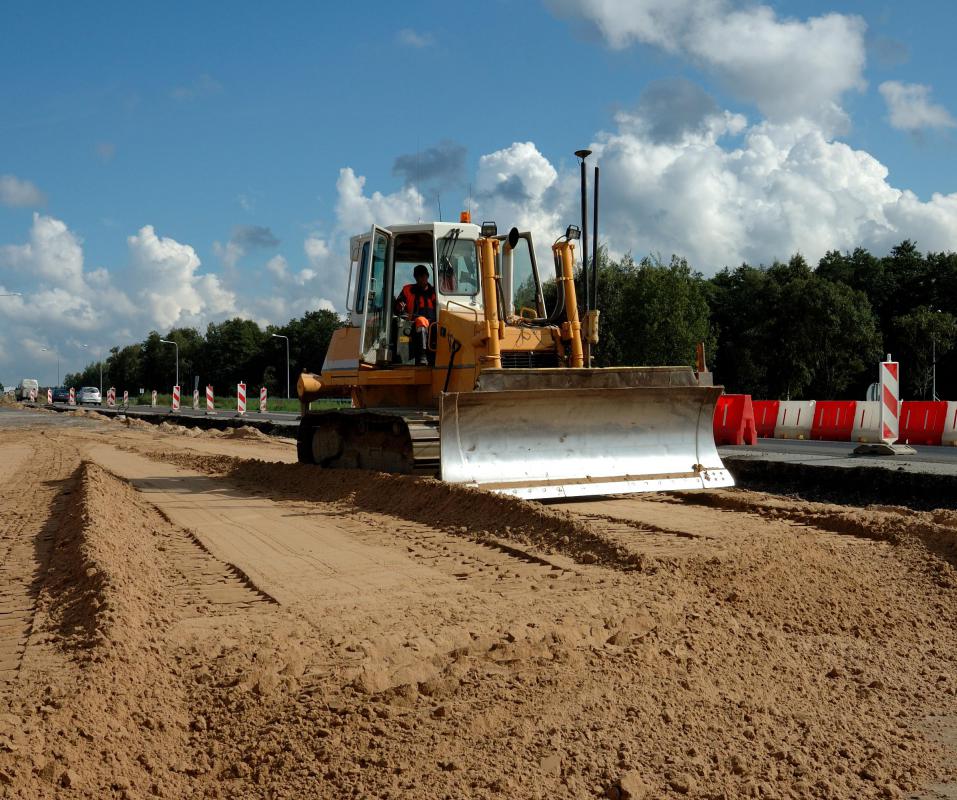At WiseGEEK, we're committed to delivering accurate, trustworthy information. Our expert-authored content is rigorously fact-checked and sourced from credible authorities. Discover how we uphold the highest standards in providing you with reliable knowledge.
What is Human Factors Design?
Human factors design is concerned with allowing humans and machines to coordinate safely and effectively. This typically entails minimizing confusion for intuitive tasks, simplifying training schemes, and ensuring the operator is not exposed to unnecessary safety risks. Human factors design can be thought of in terms of its physical and training aspects. Considerations in physical human factors are generally required for all machine applications that involve ongoing interaction with humans. The training component of human factors, on the other hand, becomes important in specialized machinery.
Though elements of human factors design originated further in the past, the discipline grew in importance during the Second World War. At this time, many pilots were trained on one cockpit design only to be assigned to an aircraft with another design. The pilots often found it difficult to switch conventions on controls; for example, ascending required pulling back on the flight stick in some models, but pushing it away on others. This lack of attention to human factors design led to the deaths of many pilots.

The most immediate aspect of human factors design is the physical component. Physical human factors include the size and shape of machine structures that humans interact with. These interactions often take place on the intuitive level, and engineers must therefore keep this in mind during design. Many interactive structures of an automobile’s interior fall into this category because they are designed to be hand-operated on an intuitive level. Few automobiles require drivers to study the owner’s manual in depth before being capable of driving safely.

Another component of human factors design is training. This aspect of human factors is typically reserved for more specialized machinery. Unlike automobiles, construction bulldozers are not typically designed to be easily operable by the general public. Rather, workers go through specialized training to learn how to operate them. In designing training schemes, planners focus on how to effectively give training lessons, the amount of knowledge that needs to be learned, and the difficulty of remembering training.
Space exploration is an especially challenging domain for human factors design. In the space environment, both the capabilities and limitations of humans are significantly altered from those on Earth. Microgravity allows humans to move around extremely heavy equipment, but it also can prevent them from easily gaining a foothold for leverage. When this happens, it can become challenging to perform basic tasks like turn a ratchet. Spacecraft must be designed with these unique considerations in mind.
AS FEATURED ON:
AS FEATURED ON:












Discuss this Article
Post your comments